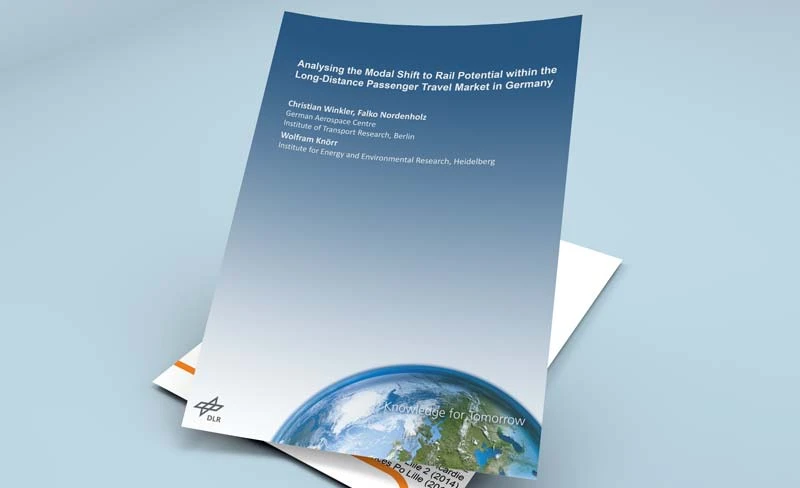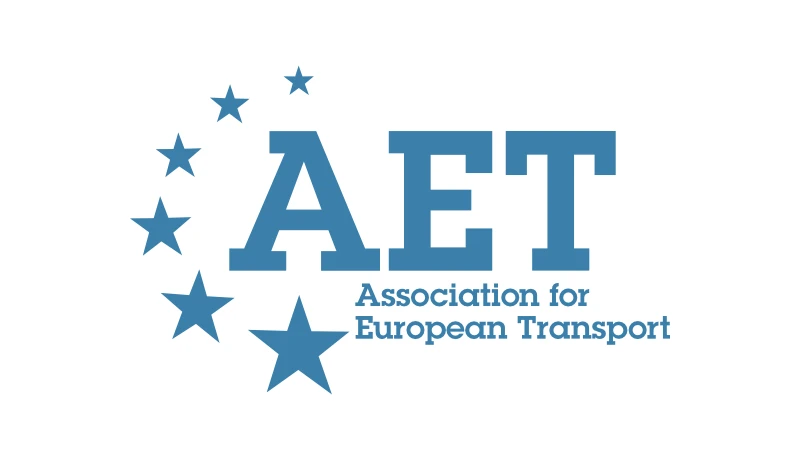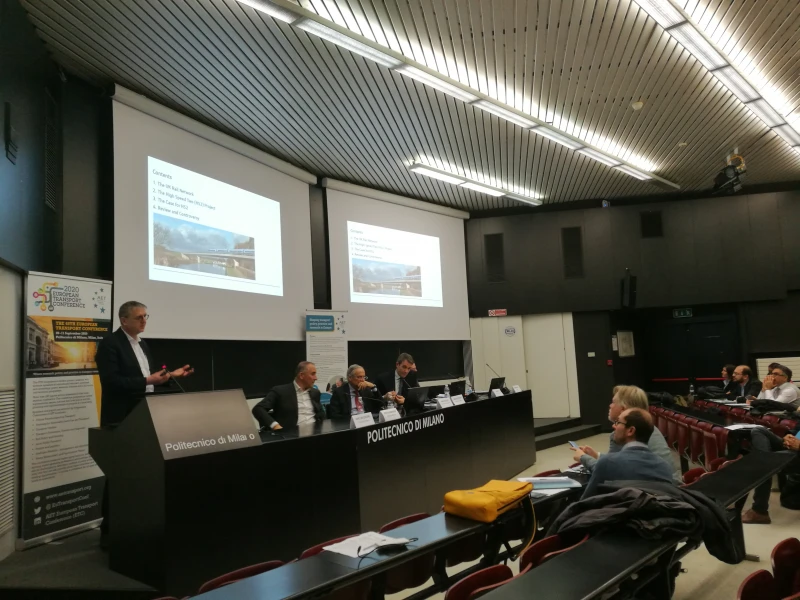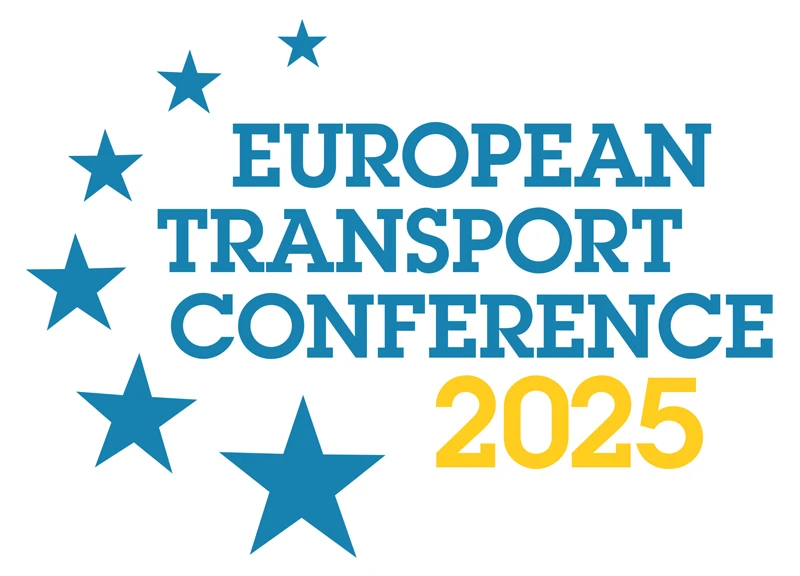-
Past ETC Papers

Browse, search and view papers from the past AET Conferences.
-
Members' Area

AET promotes networking and exchange of ideas, information and opportunities amongst members.
Conference Papers 2024
Antwerp, Belgium
ETC Conference Papers 2024
Integrating Social Values into an Activity-Based Model
Seminar
Day 2 (19 Sep 2024), Session 5, Distributional analysis, 11:00 - 12:30
Status
Accepted, documents submitted
Submitted by / Abstract owner
Martijn Hollestelle
Authors
Martijn Hollestelle, Ramboll (presenter)
Olga Petrik, Ramboll
Ruiwei Chen, Ramboll
Kari Hillo, Ramboll
Markku Kivari, Ramboll
Jaakko Kaartinen, Taloustutkimus Oy
Jaakko Madetoja, Taloustutkimus Oy
Short abstract
We describe a project that integrates social values into an activity-based travel demand model for Vaasa, Finland. The model uses a two-segment classification of people based on their value orientation towards car use or environmentalism.
Abstract
Activity-based models model people’s travel behaviour on an individual level often based on personal characteristics (e.g., age, income, household composition). This is an advancement over aggregate models but may still falls short; people with similar backgrounds may still make different travel choices because of differences in social values. In addition, transport models based on travel survey may not allow for incorporating behavioural changes over time.
In a pilot project for the city of Vaasa in Finland we included social-value profiles into the activity-based model, with the following goals:
1. To integrate peoples’ social-value profiles in the synthetic population to illustrate how and where people of different value-segments travel. This can assist policy makers to design more effective policies as people with different convictions may require different policies and communication with regard to content and used media channels to make more sustainable travel choices;
2. To enhance the accuracy of the simulation by including a person’s social value profile as an independent variable in the mode choice model;
3. To demonstrate how people with different values react to different policy interventions.
We developed a tree classification model that predicts the likelihood of a person falling into either one of the following value-segment:
1. Traditionally oriented, in favour of using private car;
2. Environmentally oriented, in favour of moving away from car use.
The classification tree is based on responses from a market research panel on questions how much respondents agree or disagree with various value statements derived from Schwartzian value theory and mobility related views and choices. A two-segment model was produced to capsulate the most effective and usable division in population that reflects different mobility choices and different probabilities to change behaviour. The classification model illustrates how social values differ across different segments of gender, age, income, education level, dwelling type, car ownership and having children .
We have implemented the segments both on the synthetic population of the activity-based model and on the population of the travel survey. The latter has allowed us to re-estimate the mode choice model to include the social-value segment as a parameter. We have conducted statistical tests to justify the new model specification, testing that:
1. The utility functions in the choice models for the two segments have different coefficients;
2. The segment-specific datasets have different variance of the error term in their responses.
The estimation showed that the differences between the utility function coefficients of the two segments, as well as between their error term variance, are statistically significant. At the same time, the improvement of the model in terms of goodness of fit and prediction power is limited, as attributes used in the segmentation model are in part already clustered in the choice models. The results prove that people in the different segments do make different mobility choices and model sensitivity values for independent variables of the model varies between segments.
We used the synthetic population with value segments and the new mode choice model in a baseline scenario. We also tested three scenarios to see how people change their mobility: a bicycle highway, improved public transport frequencies and a car-free zone. The baseline scenario shows more environmentally oriented people in the city centre and some nearby towns. They also have a smaller carbon footprint than the social group that prefers private cars.
The simulated scenarios are geographically too contained to find any reduction in mileage or emissions, but it shows that people in both groups react differently to the different policy measures. For example, people of the car-oriented segment do avoid the new car-free area whereas people of the environmentally oriented segment will travel more often to the car free area, usually on foot.
This research demonstrates that including social values into an activity-based travel demand model improves those models. From a statistical point of view, this improvement is small but still meaningful. At the same time, the model becomes easier to interpret by showing travel behaviour of segments differently and reveal how their behaviour adapts to different policies.
We recommend a travel survey which includes a set of relevant value statements . We expect that this results in more profound social value profile estimations. Another step for further research we identify is connecting social values to stated preference research. Many envisioned interventions to promote sustainable mobility may require too much extrapolation of existing choice models. Including social values may provide a more natural framework to include assumptions on adoption of more speculative policies.
Programme committee
Transport Models
Topic
Transport planning analysis and models
Documents:

Association For
European Transport
Forester House
Doctors Lane
Henley-in-Arden
Warwickshire, UK
B95 5AW
+44 (0) 15 64 793552
VAT number: 710 1866 64
Conference Supporters & Endorsers




Legal Entity
The Association for European Transport is registered as an Association ('vereniging') with the Chamber of Commerce for Haaglanden in The Netherlands under company number 27170096.
Built on Zenario




